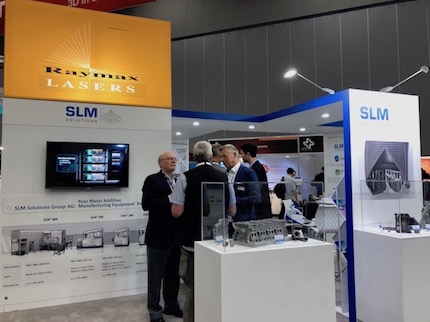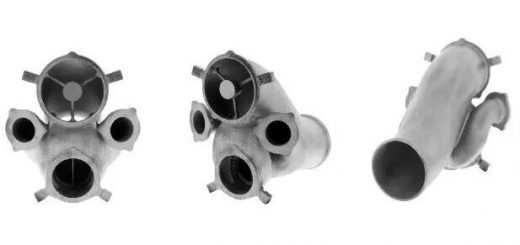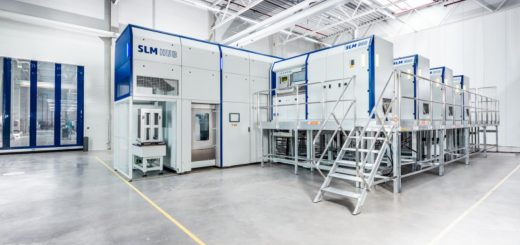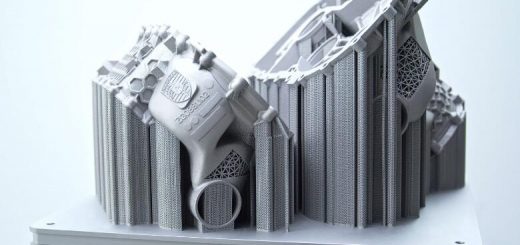We Have The Technology: Bionic Design and 3D Metal Printing
At Austech 2019 in Melbourne in May, Raymax Lasers and SLM Solutions Group displayed their innovative 3D printed metal parts. Much of the interest from visitors centred on the use of bionic design to achieve well finished, structurally sound parts.

One sample piece that generated a lot of interest was a single-piece steering knuckle, which attaches to the suspension and steering system in motor vehicles. Developed by SLM Solutions and Hirschvogel Tech Solution, a division of the Hirschvogel Automotive Group, the steering knuckle exemplifies not only new design processes but also the fact that a single large item can be produced inside a build chamber of an SLM Solutions laser system using the powder bed fusion method.
Faced with a new challenge, Hirschvogel Tech Solutions chose to meet it by using design methods taken from ‘bionics’, or biologically inspired engineering. Bionics takes solutions nature has found to structural problems and adapts them to engineering challenges, effectively producing products that are essentially much lighter in weight. Structural solutions derived from nature can be applied in technical construction, gaining additional benefits of improved performance by maximising structural integrity to specific areas reducing dead-load sections. This was demonstrated in the neck area of the steering knuckle, where a weight saving of some 40 per cent was achieved compared with the weight of a conventional forged part.
A further benefit of bionics comes with resource efficiency through the processes of ‘additive manufacturing’. By using metal powders in building a layer-by-layer construction from the base up, as against a traditional ‘destructive’ method, with excess powder recyclable, the process achieves goals in both sustainability and economics.
Initially, a number of part variants of the steering knuckle were developed based on solutions from nature. Following an assessment of the variants, a specifically adapted CXa computer-aided technology system was applied to fulfil the required calculations to meet the build conditions. At almost 600mm long, the part was successfully produced inside the build chamber of an SLM500 machine. On completion, the final part came up to the standards required along with a material saving of 40 per cent compared with the original forged parts.
The process of applying bionics to solve engineering problems is not new. For more than a decade, Airbus has been a proponent of bionic design, using it to explore shark-like grooved skins for improved aerodynamics and develop water-shedding coatings for cabin interiors and shape-changing winglets. But today bionic design has found a significant role with the latest laser systems hitting the market with large build chambers, high-powered multi-laser configurations and improved build times. The introduction of new design technologies offers new solutions for updating traditional design concepts while achieving maximum structural efficiency highly suited to 3D metal printing from which the automotive parts industry can benefit.
Source: Industry Update




Recent Comments